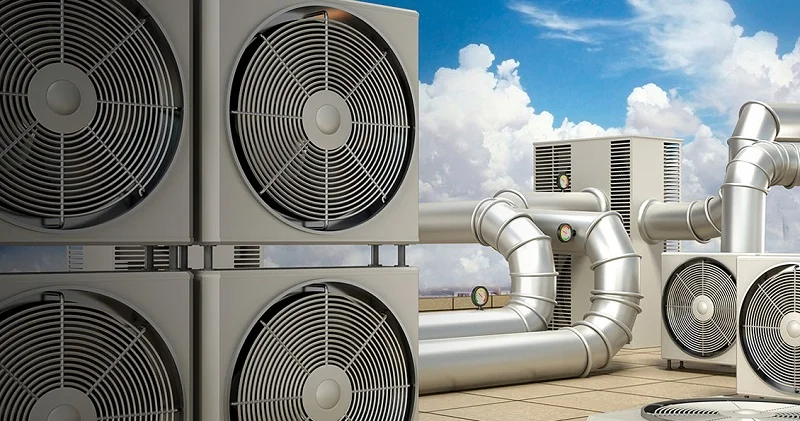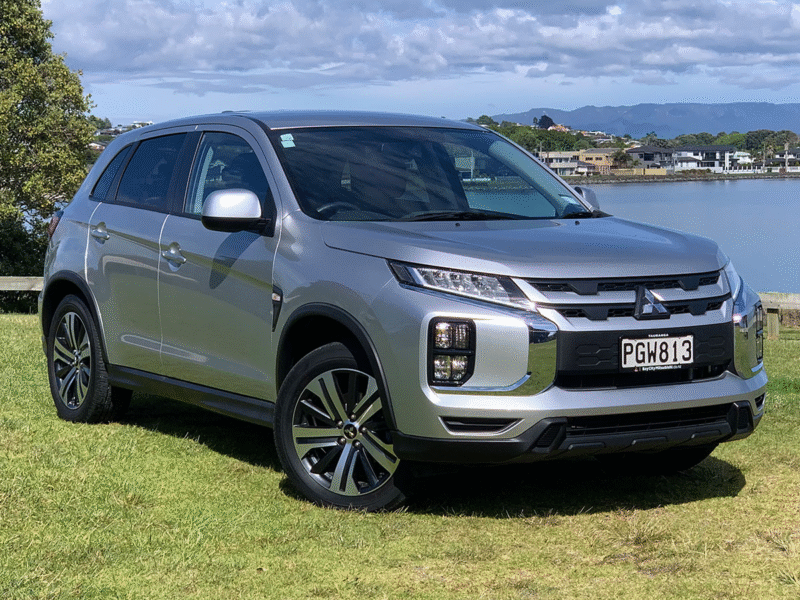Excavator buckets are among the most hard-working components in heavy machinery, enduring harsh conditions in mining, construction, demolition, and quarrying. These metal giants dig, lift, load, and move abrasive materials day in and day out, which leads to substantial wear and tear. One of the most effective ways to extend their lifespan and maintain performance is by using Abrasion Resistant Steel Plate in their construction and repair.
In this blog, we explore how abrasion-resistant steel plate contributes to the durability of excavator buckets, its properties, grades, applications, and why it is considered a must-have in industries that operate under harsh environments.
What is Abrasion Resistant Steel Plate?
Abrasion Resistant (AR) Steel Plate is a type of high-carbon alloy steel specially formulated to withstand wear and abrasion. It’s not just tough; it’s engineered to last longer than standard steel plates when exposed to high-friction and high-impact conditions. These plates are manufactured with a higher hardness, typically ranging from 200 to 600 Brinell Hardness Number (BHN), depending on the grade.
Why Excavator Buckets Face Extreme Wear
Excavator buckets encounter a variety of aggressive materials such as:
- Sharp rocks
- Gravel and sand
- Scrap metal
- Demolition debris
- Earth and clay with high silica content
All these substances have a highly abrasive nature. Over time, they grind away the bucket’s inner surfaces, cutting edges, and sides. Regular steel may suffice for light-duty applications, but for medium to heavy-duty tasks, only Abrasion Resistant Steel Plate can offer a cost-effective and long-lasting solution.
Benefits of Abrasion Resistant Steel Plate in Excavator Buckets
1. Enhanced Wear Resistance
The primary benefit of abrasion-resistant steel is in its name — resistance to wear. Using AR plates in high-friction areas of the bucket minimizes material loss over time, drastically reducing the need for repairs and replacements.
2. Improved Bucket Longevity
Buckets made or lined with Abrasion Resistant Steel Plate have significantly longer service lives. This translates into fewer downtimes, lower maintenance costs, and better performance in extreme environments.
3. High Strength-to-Weight Ratio
Despite its toughness, AR steel remains relatively light compared to other wear-resistant materials. This ensures that the bucket remains efficient in fuel consumption and maintains lifting capacity without compromising on strength.
4. Resistance to Impact and Shock Loads
Apart from abrasion, excavator buckets also deal with constant impact when digging into hard or compact materials. Grades like AR400 and AR500 not only resist wear but also absorb shock effectively.
5. Cost Efficiency Over Time
Though Abrasion Resistant Steel Plate may come with a higher upfront cost, it reduces overall expenditure due to minimized repairs, less downtime, and extended equipment life.
Common Grades of Abrasion Resistant Steel Plate
Several AR steel grades are available, depending on the specific requirements of your application:
- AR200/AR235: Suitable for light-duty applications with minimal wear.
- AR400: Offers a good balance of hardness and toughness; ideal for buckets.
- AR450: Provides higher hardness and better wear resistance for medium to heavy-duty work.
- AR500/AR600: Extremely hard; best suited for extreme abrasive conditions such as mining and quarrying.
Each grade of Abrasion Resistant Steel Plate is heat-treated and hardened to increase surface durability, making it an ideal choice for excavator buckets that are constantly exposed to harsh working conditions.
Applications Beyond Buckets
Although this blog focuses on excavator buckets, it’s worth noting that Abrasion Resistant Steel Plate is widely used in various other heavy-duty applications, including:
- Dump truck beds
- Bulldozer blades
- Chutes and hoppers
- Crushers and conveyors
- Wear strips and liners
The versatility of AR plate makes it an indispensable material across industries such as mining, agriculture, forestry, and construction.
Best Practices for Using Abrasion Resistant Steel Plate
1. Strategic Reinforcement
Instead of replacing the entire bucket, many manufacturers opt to reinforce critical wear areas with AR plates. This includes:
- Cutting edges
- Side walls
- Bucket bottoms
- Wear strips
This targeted reinforcement offers a cost-effective approach to prolonging bucket life.
2. Correct Welding Techniques
While welding Abrasion Resistant Steel Plate, care must be taken to avoid compromising its properties. Use appropriate preheat and interpass temperatures, and always select compatible filler metals to maintain strength and minimize cracking.
3. Regular Inspection and Maintenance
Even the best material wears over time. Conduct regular inspections of the bucket for signs of wear, cracks, or deformities and replace worn AR liners before it leads to structural failure.
Choosing the Right Supplier Matters
When selecting Abrasion Resistant Steel Plate for your excavator buckets, it’s critical to choose a reputable supplier. Look for:
- Certified materials that meet ASTM standards
- Proper documentation and traceability
- Customized cutting, bending, or fabrication services
- Technical support for welding and application
A reliable supplier ensures that you get the right grade and quality of AR plate for your specific application.
Conclusion
In industries where heavy-duty excavation and material handling are routine, downtime is not an option. Integrating Abrasion Resistant Steel Plate into the design and maintenance of excavator buckets offers a robust solution for extending service life, reducing operational costs, and ensuring consistent performance under the harshest conditions.
From enhanced durability and shock resistance to long-term cost savings, AR steel is the industry standard for protecting equipment in high-wear environments. Whether you are in construction, mining, or demolition, investing in Abrasion Resistant Steel Plate is a smart move for any project demanding maximum reliability from its machinery.



